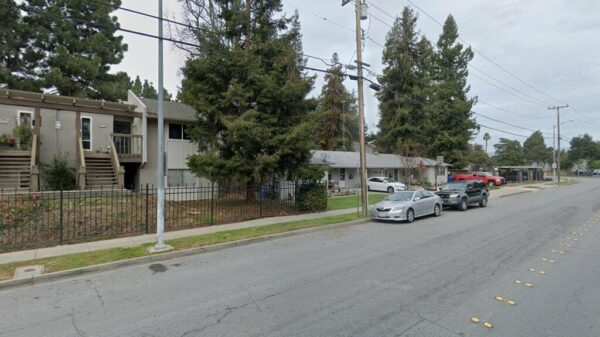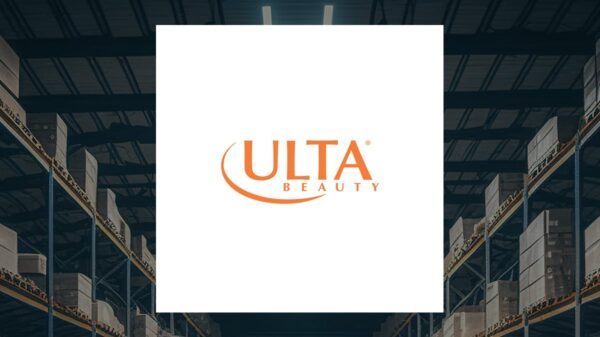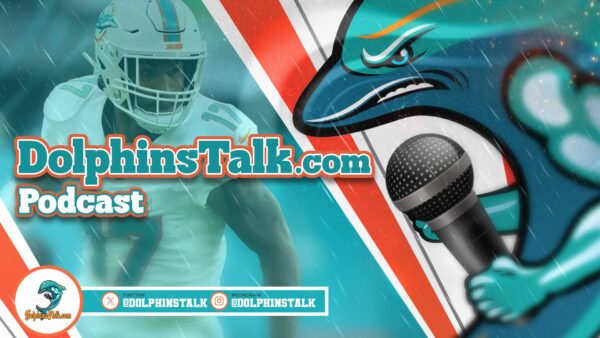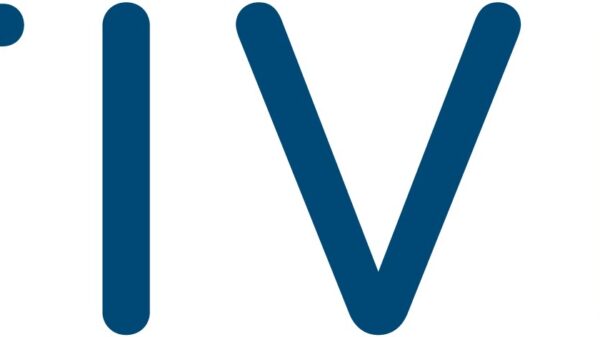Dorman Products, Inc. (NASDAQ: DORM) has announced impressive financial results for the second quarter of 2025, highlighting strong demand in its Light Duty segment and effective cost management strategies. The Colmar, Pennsylvania-based auto parts manufacturer achieved net sales of $541 million, representing a 7.6% increase compared to the same quarter in 2024. This growth reflects both the resilience of the company’s market position and its ability to adapt to changing economic conditions.
In terms of profitability, Dorman reported diluted earnings per share (EPS) of $1.91, a significant increase of 25% from $1.53 in the previous year’s second quarter. Adjusted EPS rose 23% to $2.06, indicating robust operational performance. President and CEO Kevin Olsen attributed this strong quarter to heightened sales and disciplined cost management. “Strong demand in our Light Duty business drove total net sales growth of 7.6%,” Olsen stated, emphasizing the importance of productivity improvements and supply chain diversification in enhancing earnings.
Financial Highlights and Cost Management
Dorman’s gross profit for the quarter reached $219.5 million, corresponding to 40.6% of net sales, up from $199.4 million, or 39.6%, in the same period last year. The company reported selling, general, and administrative expenses totaling $137 million, which represents 25.3% of net sales. Adjusted selling, general, and administrative expenses amounted to $131.3 million, or 24.3% of sales.
Reflecting confidence in its performance thus far in 2025, Dorman has raised its full-year guidance. The company now anticipates net sales growth between 7% and 9%. It expects diluted EPS to fall between $8.05 and $8.35, with adjusted diluted EPS projected to range from $8.60 to $8.90. This updated outlook incorporates favorable timing in the recognition of pricing and cost shifts linked to tariff impacts.
As Dorman Products continues to capitalize on strong operational execution and market demand, it seems well-equipped to sustain its upward momentum throughout the remainder of the year. Investors and industry observers are likely to monitor the company’s performance closely as it adapts to ongoing economic challenges and seeks to maintain its competitive edge in the auto parts sector.


































































